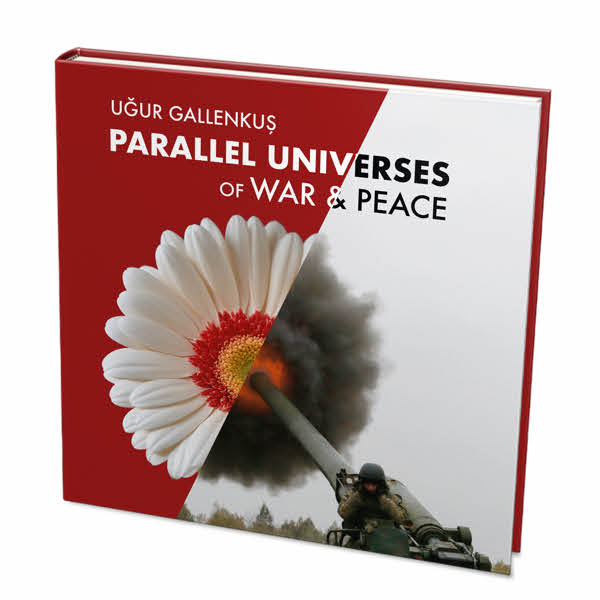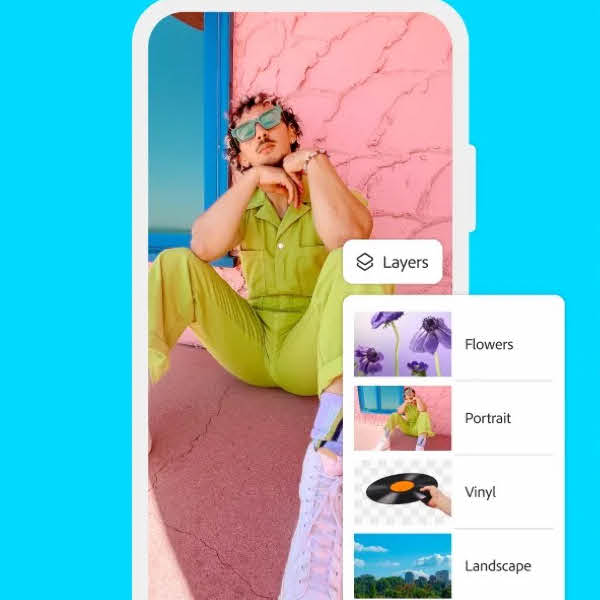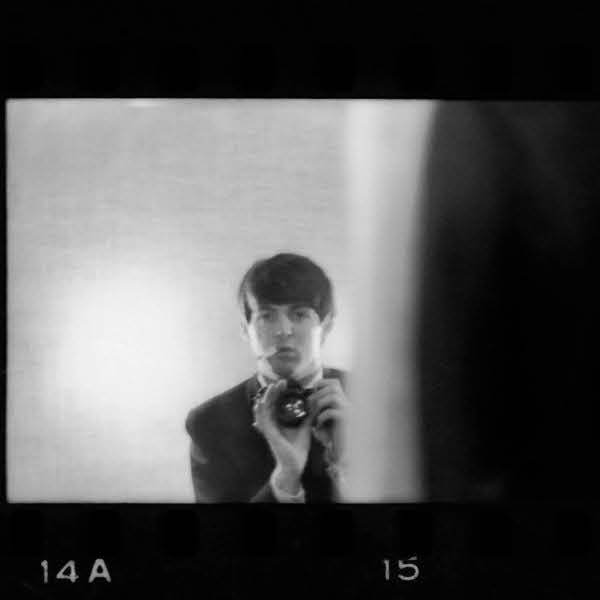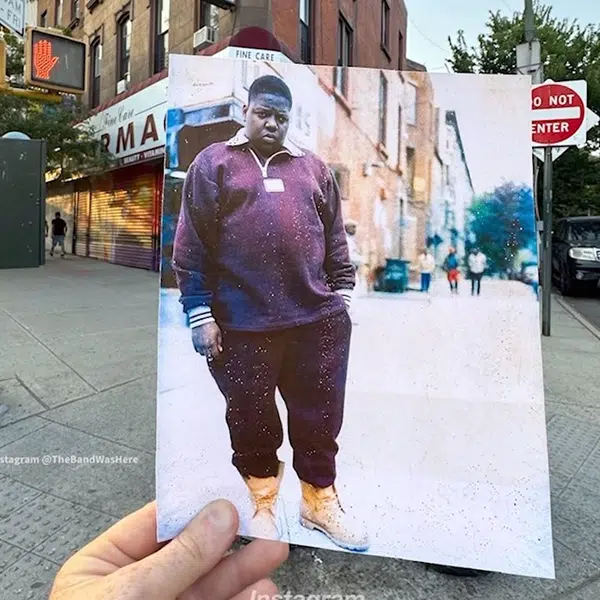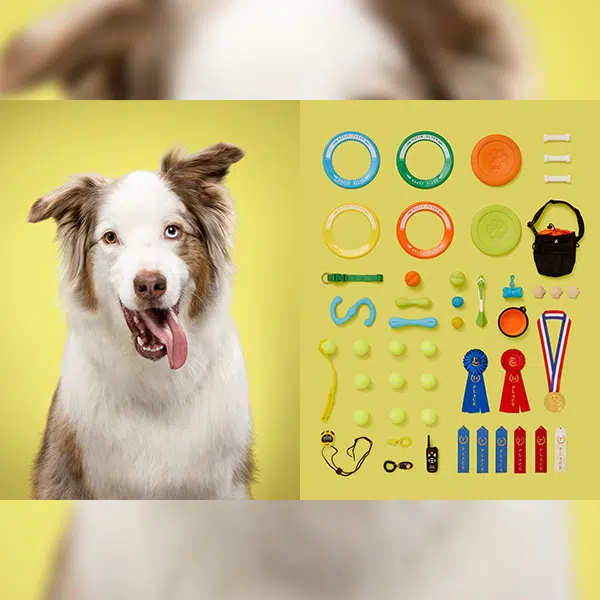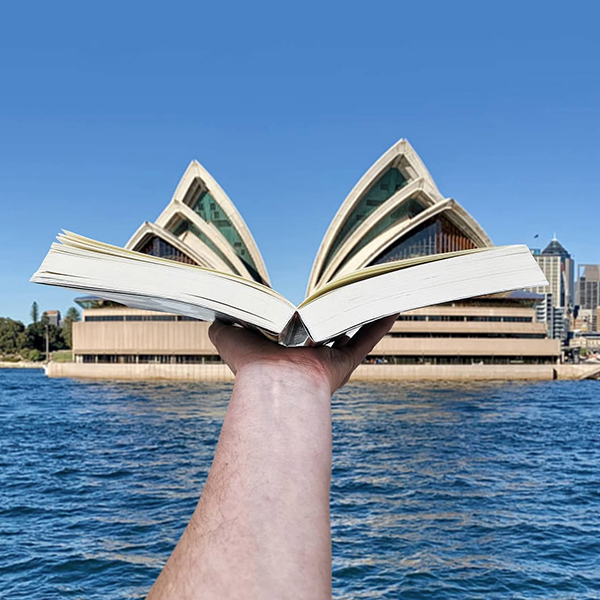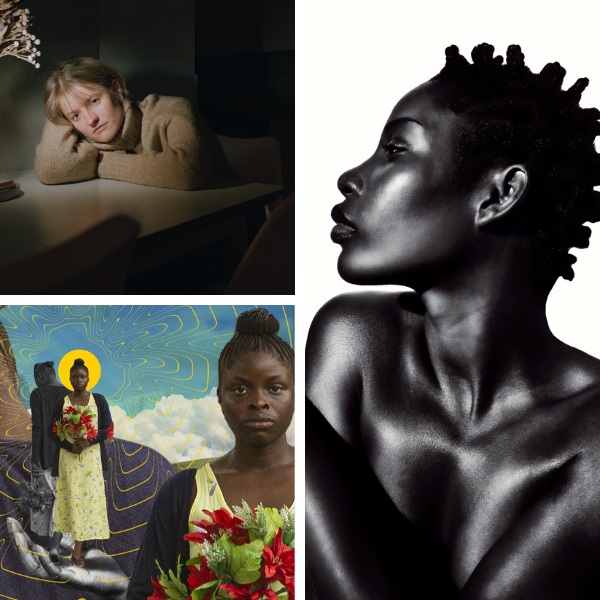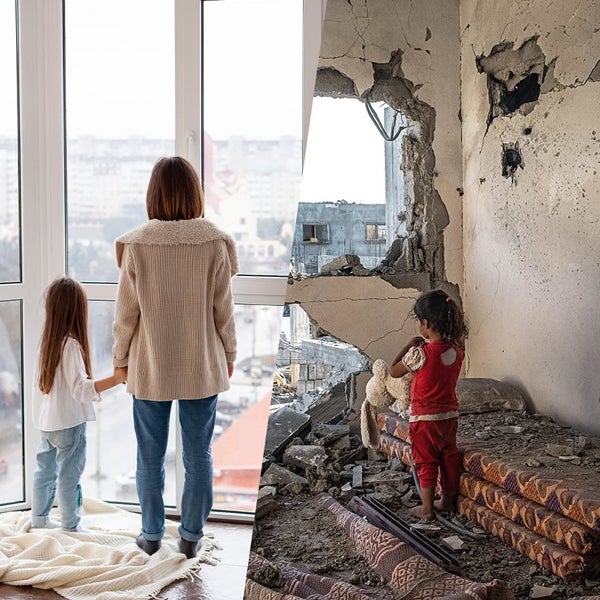Digitally Producing Double Exposure
Digital tools have made it easier than ever to create double exposure images. Although they might be more accessible (there are smartphone apps that’ll produce the effect), there’s still a level of skill and artistry involved in creating them.
One popular method is bringing two separate images into software like Photoshop. By playing with each layer's opacity and digitally blending and merging layers, there’s no painting or erasing necessary. But for those that prefer to work within the camera, there are many DSLRs whose settings allow you to create multiple exposures on the same image.
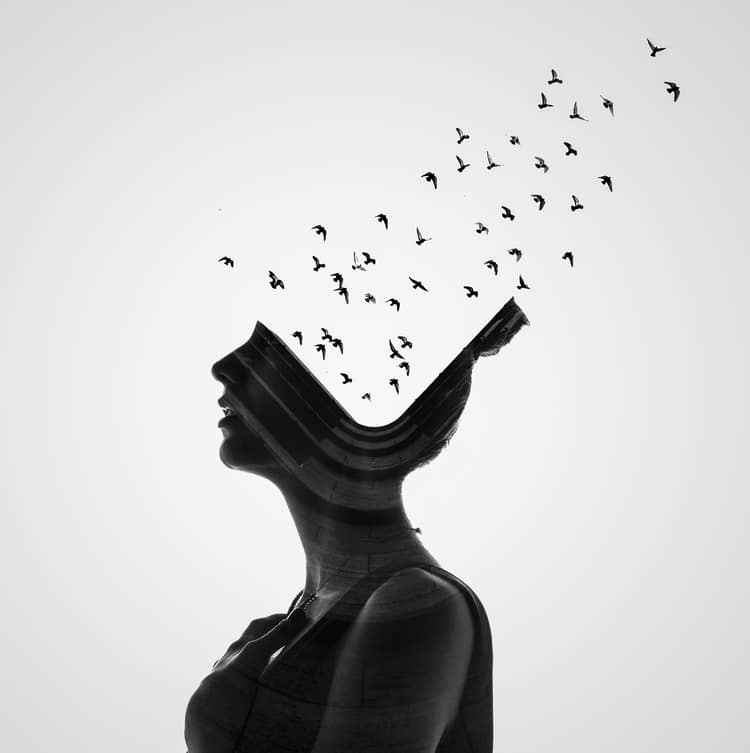
Photo: Erkin Demir
Photographer Erkin Demir uses digital techniques to create his minimalist compositions. A departure from traditional portraiture, the human body is merged with elements of architecture and nature in one brilliant silhouette. “After shooting the portrait and the background,” he explains to us in an email. “I use two different techniques when creating my works.”
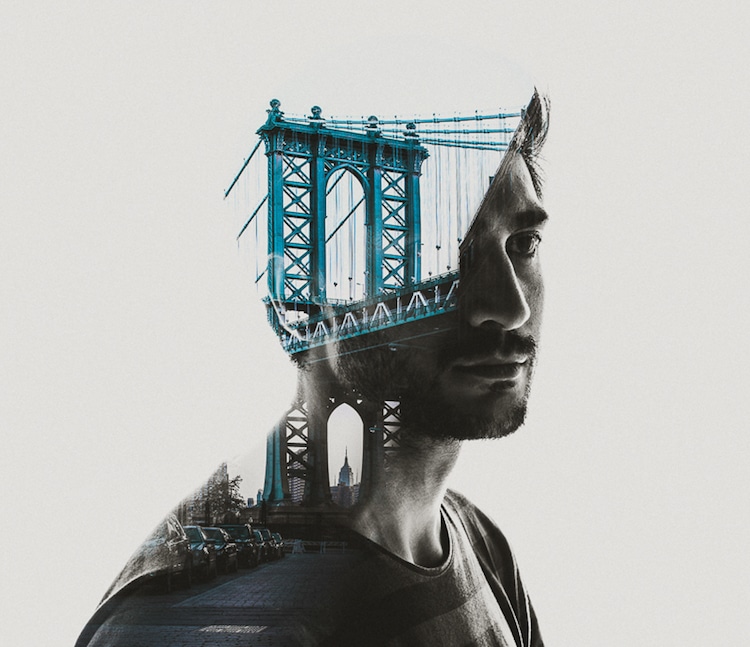
Photo: Erkin Demir
One technique involves negative space. “Basically, it requires a silhouette like portrait with some highlight parts on the face/body. The background image(s) should also have defined silhouettes, so when you blend them the background image replaces the portrait's darker parts. This is the most common technique when creating double exposure images.”
The second approach is more straightforward; Demir refers to it as gradient. “Basically, it's a portrait and the background with an elegant transition between them.” Both will produce unique images, so determining which one to use all comes down to personal preference.
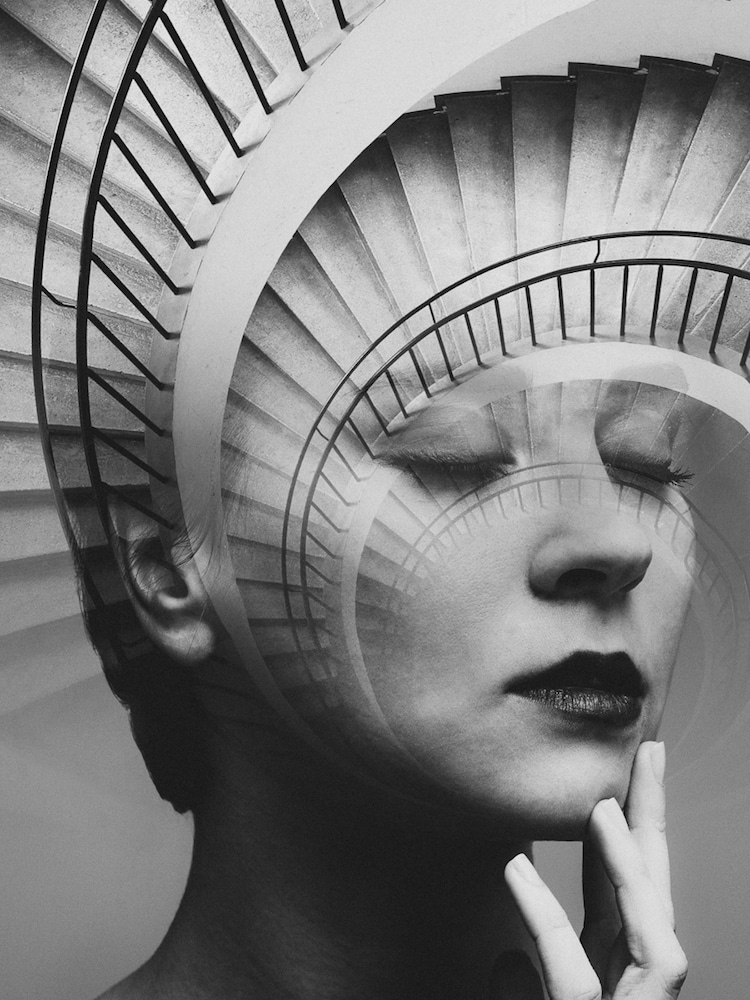
Photo: Erkin Demir
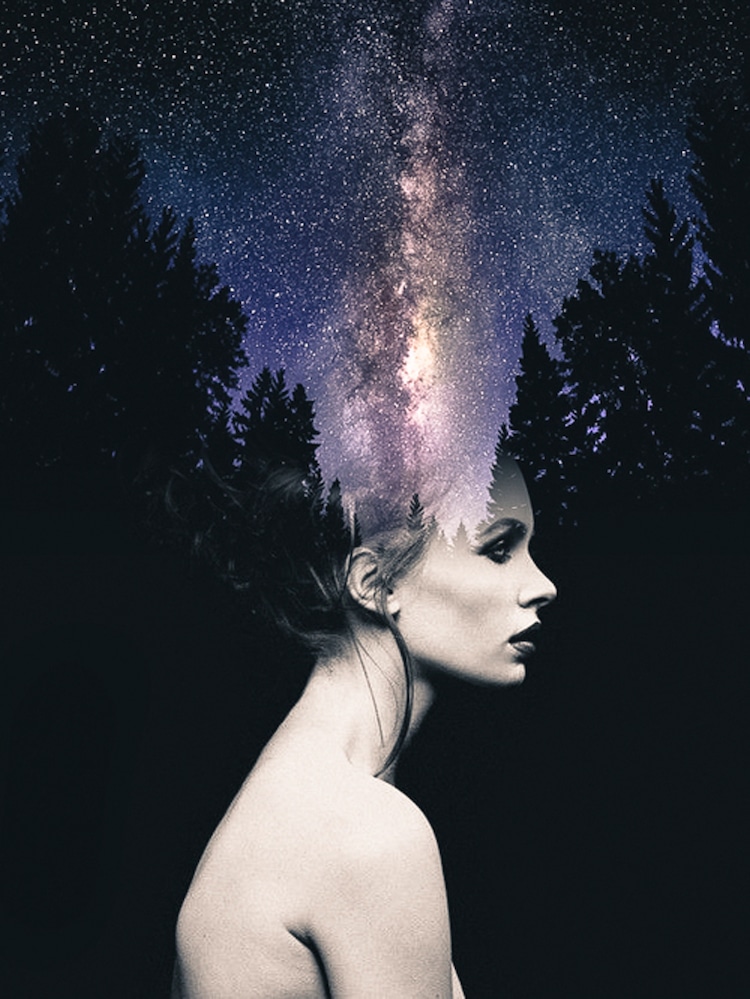
Photo: Erkin Demir
When asked how he makes the different images work in harmony, Demir offers poetic insight. “I think they have to complement each other well. In a way, you are tearing apart the portrait by changing some of its parts with another image.” Continuing, “However, there are countless of ways to complete the missing parts. that's the beauty of it.” The process is largely trial and error—combining different images, changing their size, angles, and more. But, the longer you work at it, you develop a sense of what will work. “After spending some time, predicting the outcome becomes easier.”
In this video by photographer Sara Byrne, you’ll get an idea of how to create double exposure within your DSLR camera:
Here are other contemporary photographers creating digital double exposures:
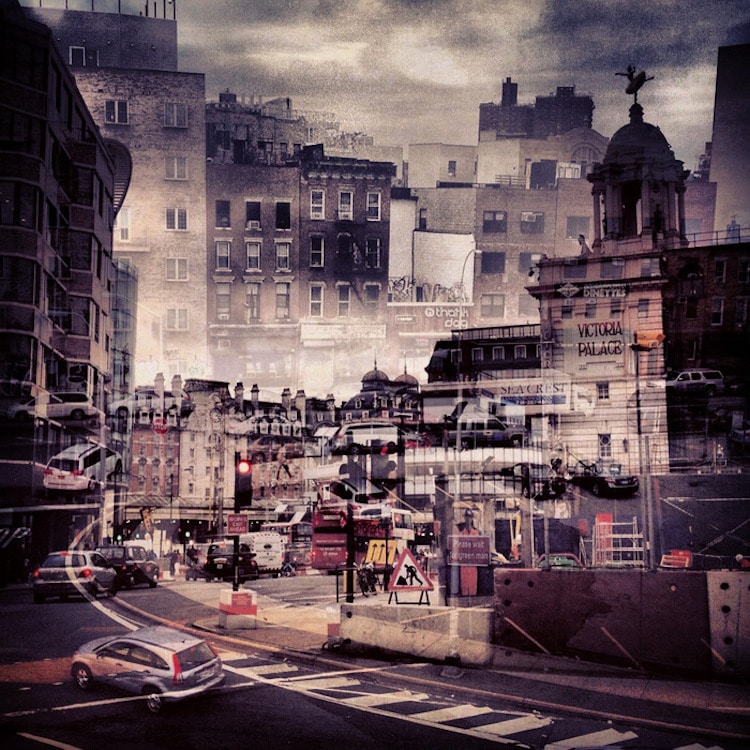
Photo: Daniella Zalcman
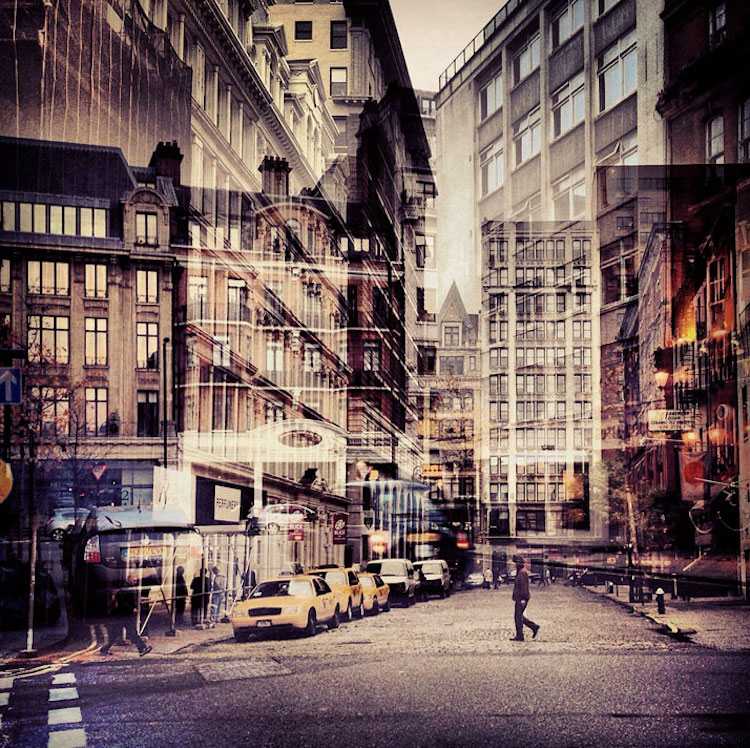
Photo: Daniella Zalcman
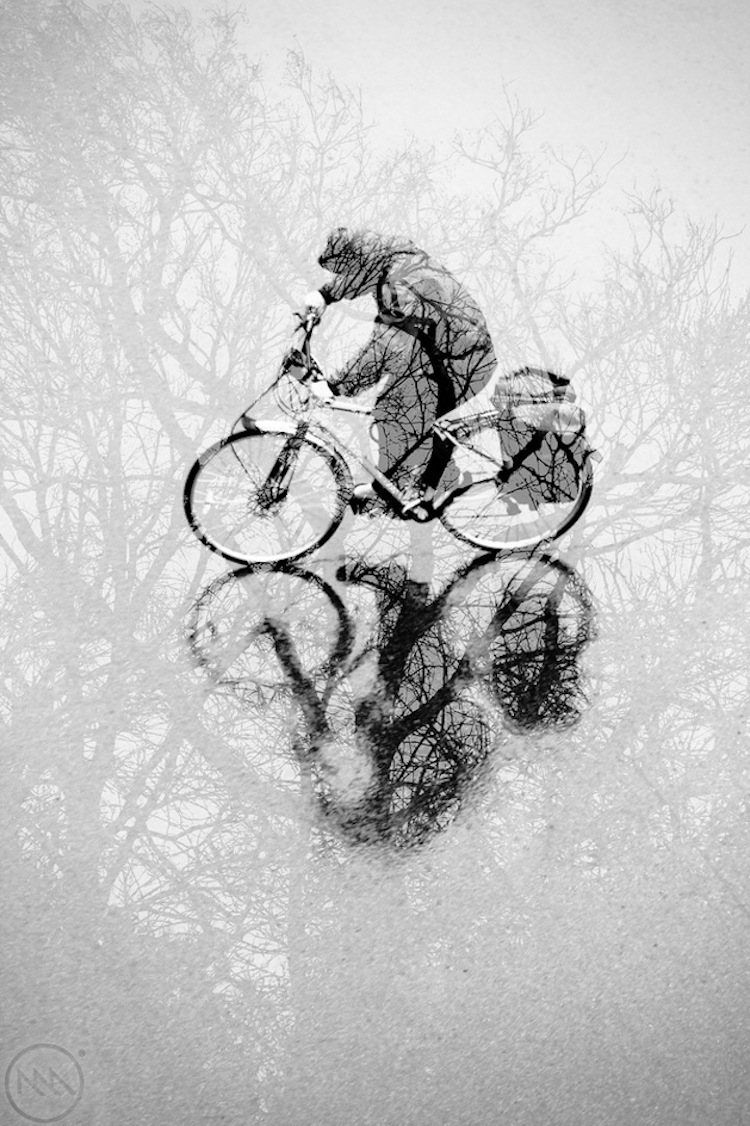
Photo: Michel Assaad
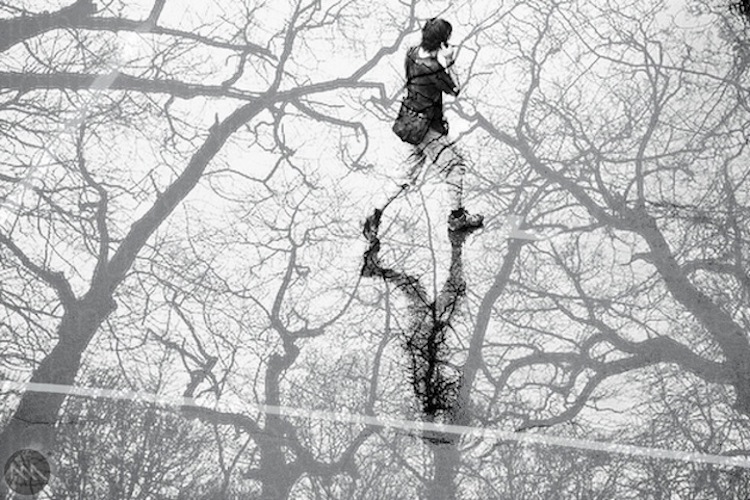
Photo: Michel Assaad
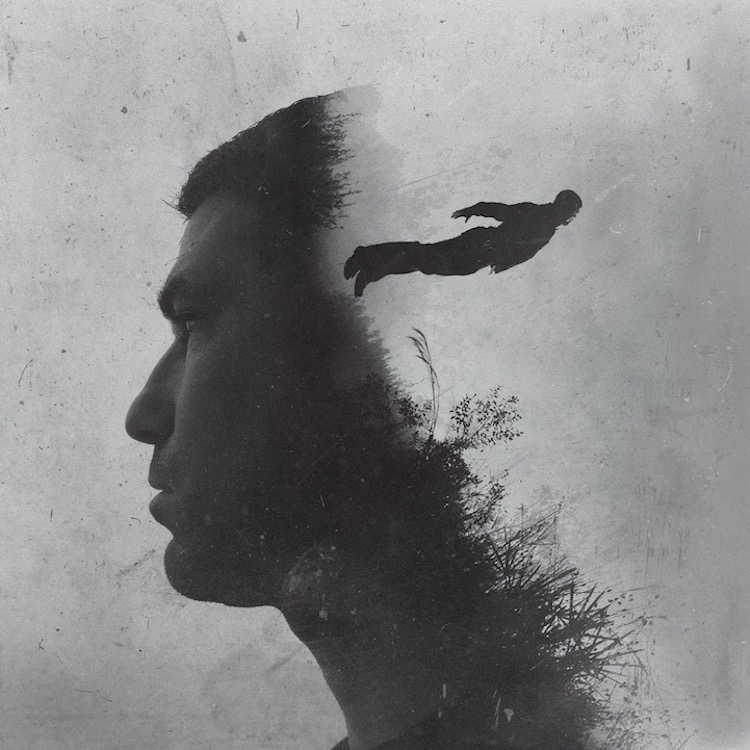
Photo: Brandon Kidwell
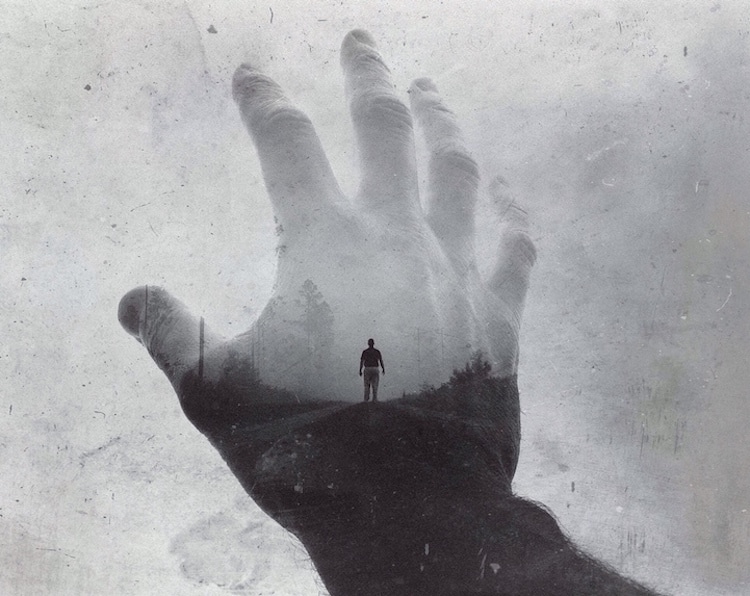
Photo: Brandon Kidwell

Photo: Andreas Lie
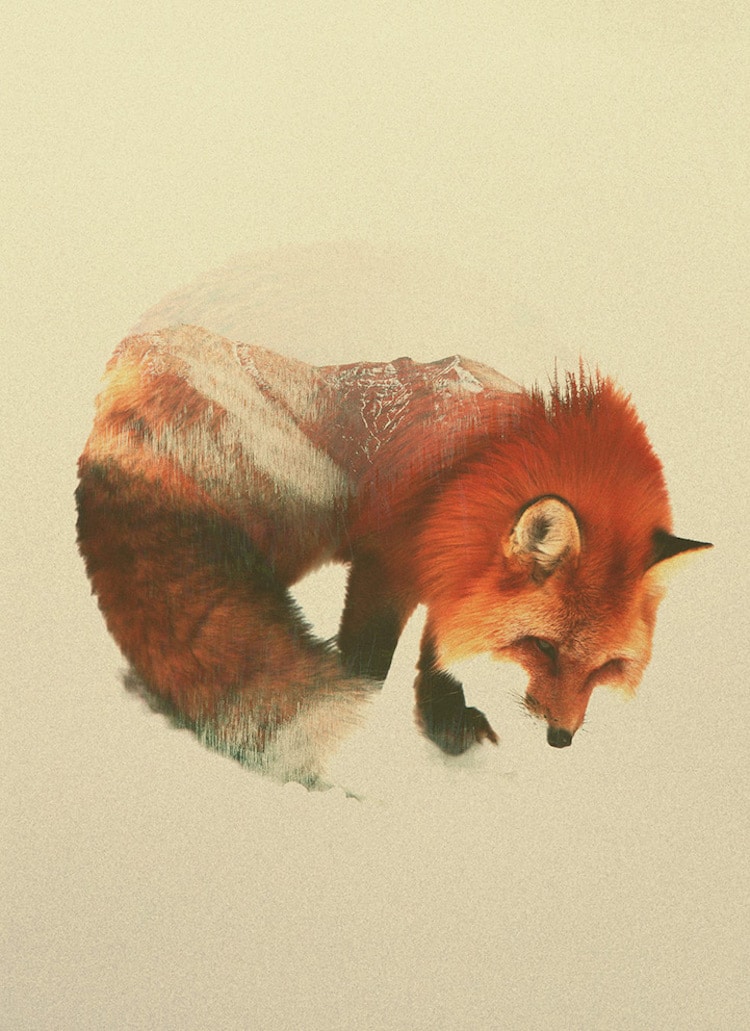
Photo: Andreas Lie

Photo: Aneta Ivanova
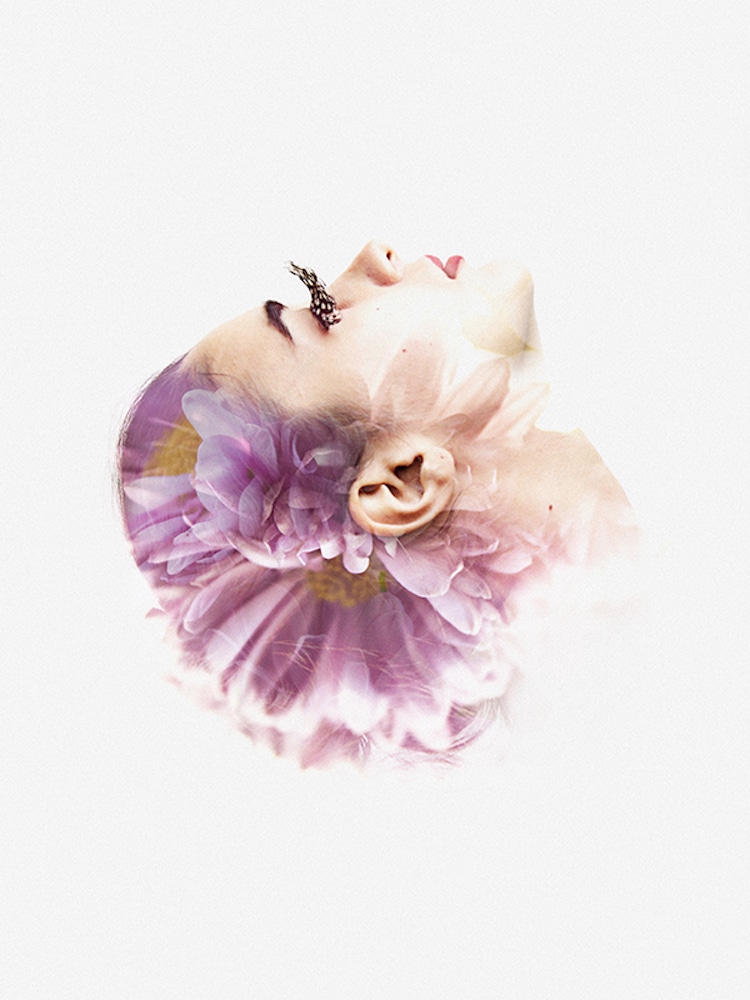
Photo: Aneta Ivanova
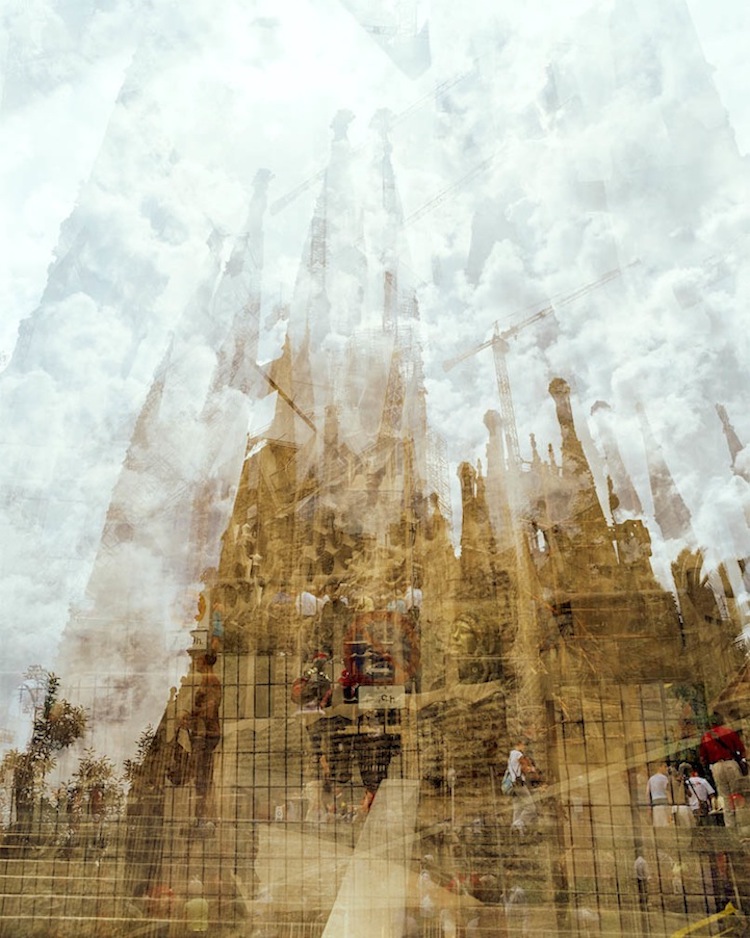
Photo: Doug Keyes
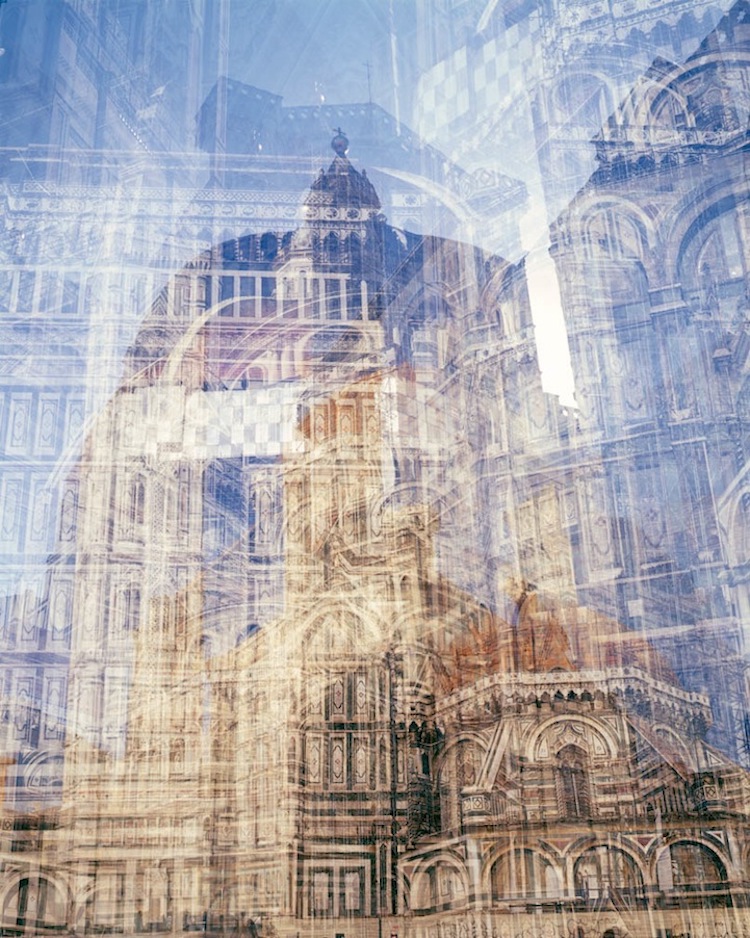
Photo: Doug Keyes
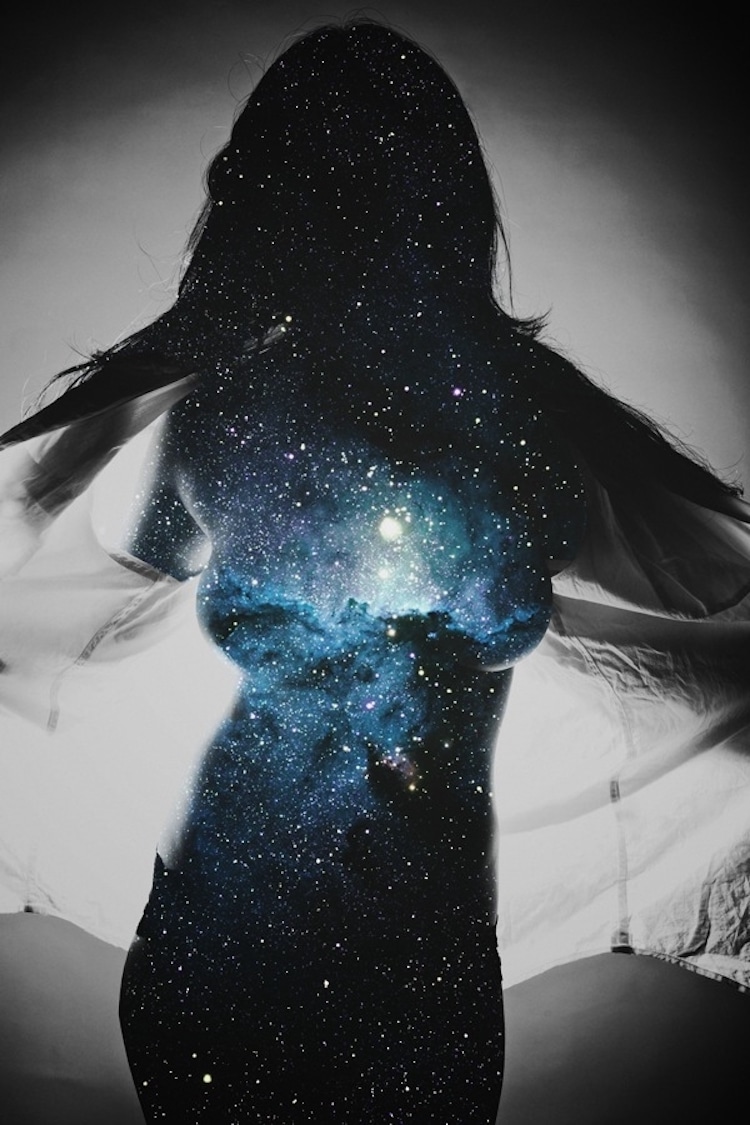
Photo: Taylor Allen
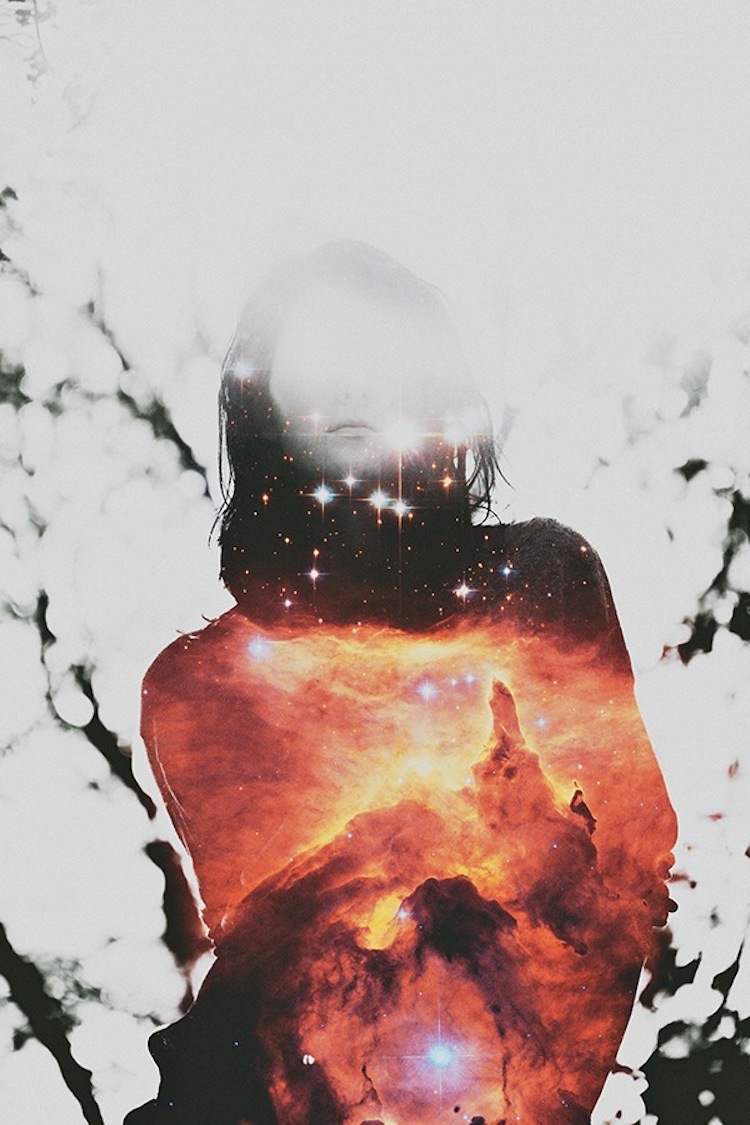
Photo: Taylor Allen











































































